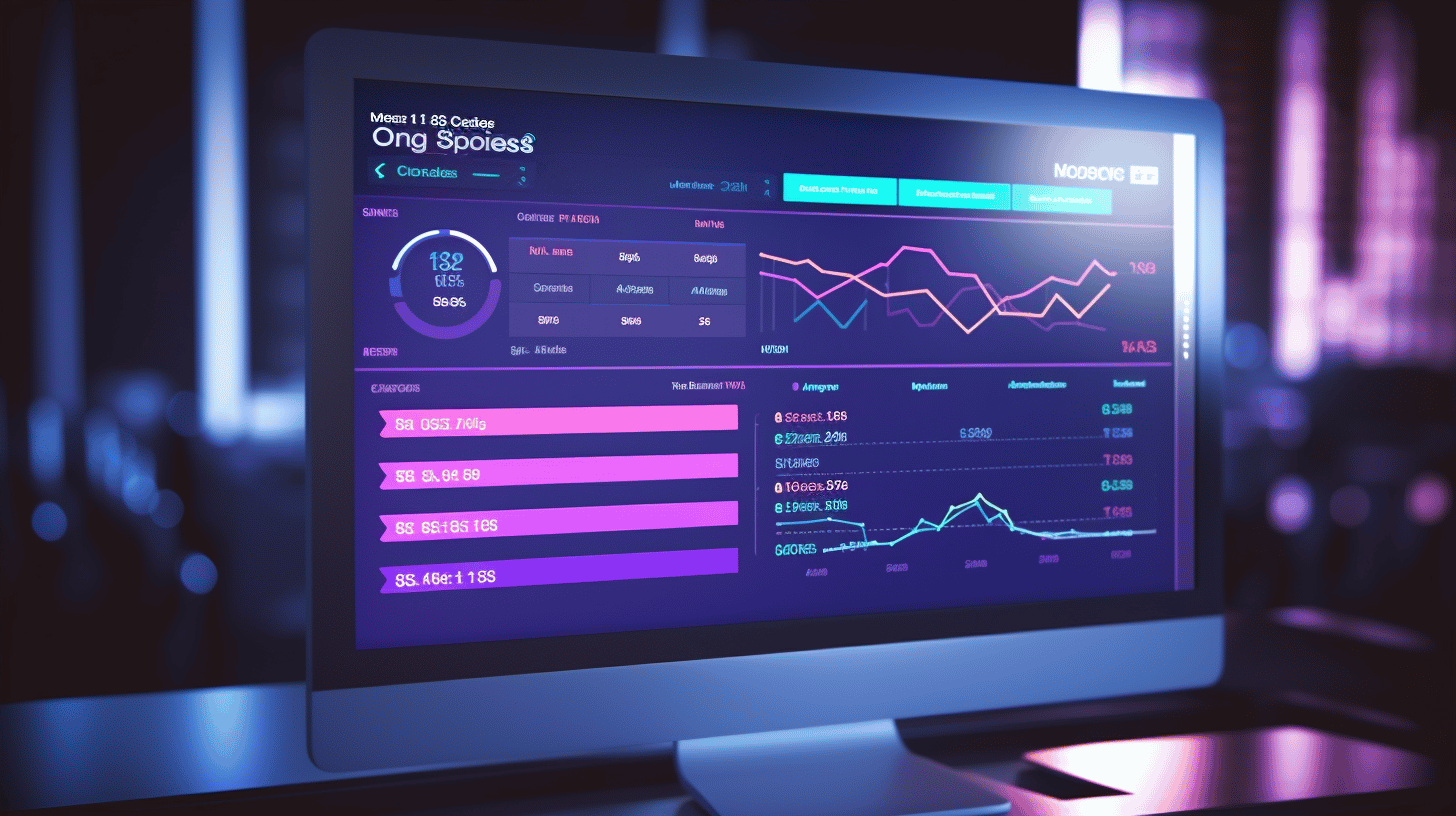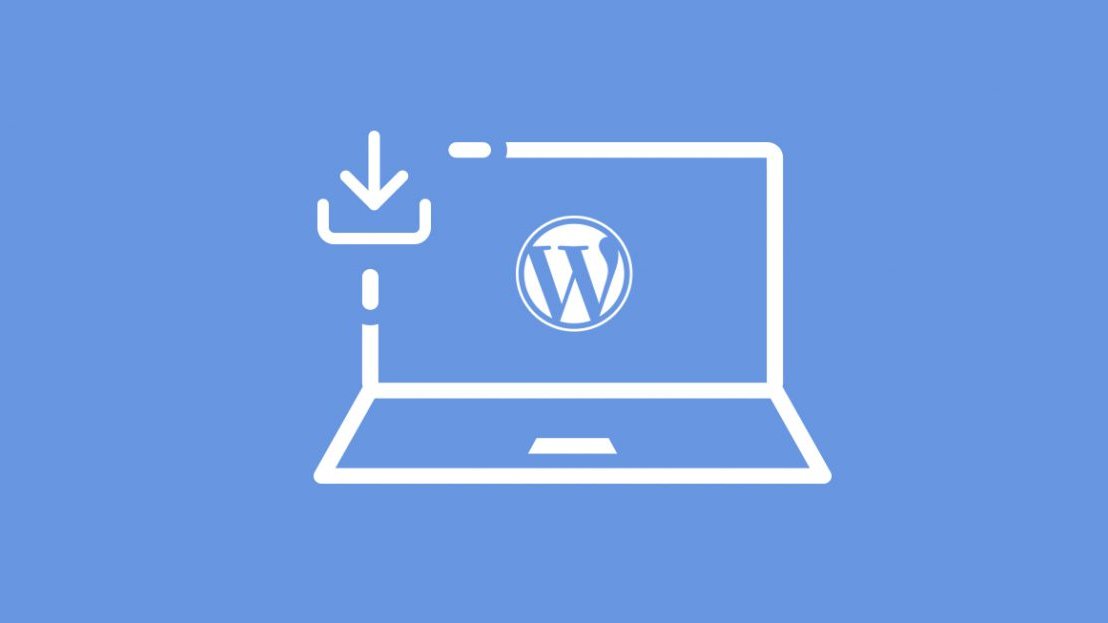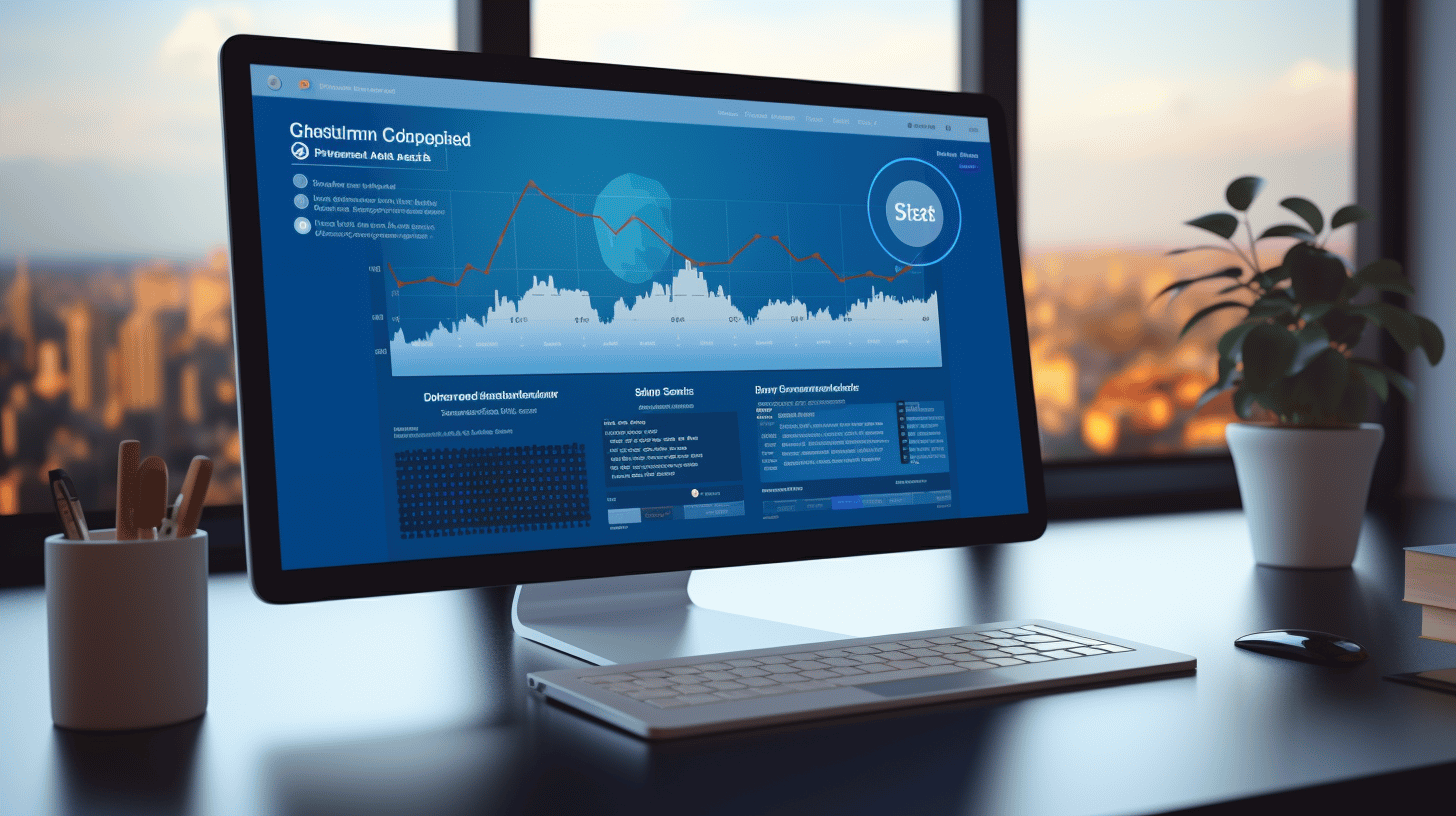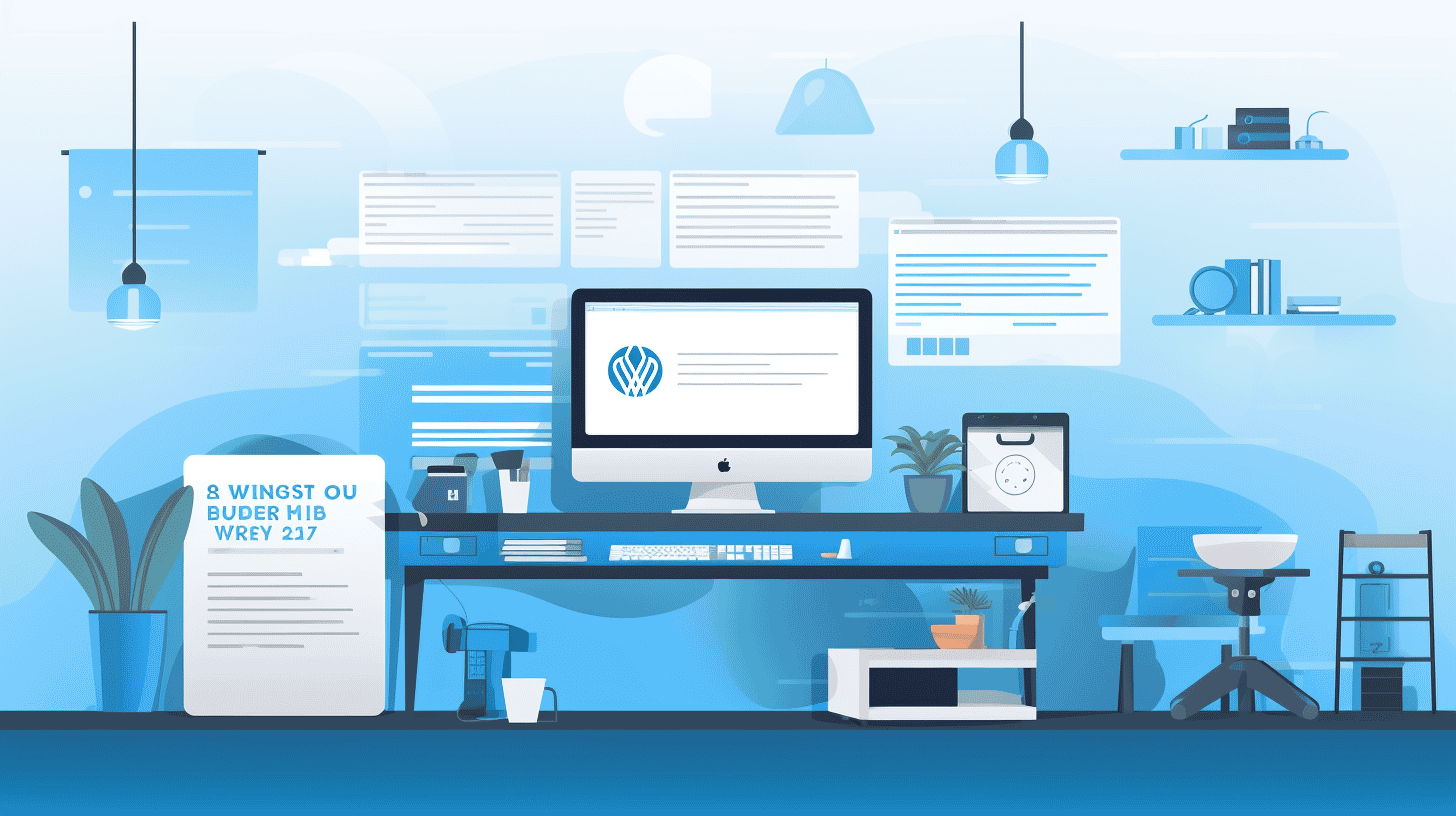In today’s fast-paced digital world, website loading speed is no longer just a technical concern—it’s a critical factor that can make or break user engagement and business success. 🚀 A slow-loading website frustrates visitors, drives them away, and ultimately impacts conversion rates. Studies show that websites that load within two seconds or less have a significantly lower bounce rate compared to those that take longer.
Beyond user experience, website speed also plays a pivotal role in SEO and Google ranking. Search engines prioritize fast-loading sites, ensuring they appear higher in search results. This makes optimizing website speed a dual-purpose strategy: enhancing user satisfaction while boosting visibility.
Whether you’re a business owner, developer, or content creator, understanding the techniques to improve website loading speed is essential. From implementing caching solutions to optimizing images and choosing the right hosting plan, every step contributes to a seamless and efficient user experience. Dive into this guide to explore actionable strategies that can transform your website into a lightning-fast platform. 💡
Importance of Website Loading Speed
In today’s digital age, website loading speed has become a critical factor for online success. A fast-loading website not only enhances user experience but also plays a significant role in determining search engine rankings. Businesses and website owners can no longer afford to overlook this essential metric if they aim to stay competitive in the ever-evolving online landscape.
Impact on User Experience
The speed at which a website loads directly influences how users perceive it. Studies have shown that users are likely to abandon a site if it takes longer than 3 seconds to load. A slow website can lead to frustration, increased bounce rates, and ultimately, loss of potential customers. On the contrary, a fast-loading website ensures smooth navigation, encourages longer browsing sessions, and fosters user trust and satisfaction.
Moreover, mobile users, who now constitute a significant portion of web traffic, expect even faster load times. Optimizing for speed ensures that businesses cater to this growing audience effectively. 📱🚀
SEO and Google Ranking
Website speed is not just a user experience metric; it is also a ranking factor for search engines like Google. In fact, website speed is one of Google’s top 20 ranking factors, making it crucial for SEO. Faster websites are more likely to rank higher in search results, driving organic traffic and improving visibility.
Search engines prioritize delivering high-quality, user-friendly experiences to their users. By optimizing page load times, businesses can align with these priorities and enhance their chances of appearing on the coveted first page of search results. Tools and strategies such as Improve Website Speed can be employed to achieve this goal effectively.
Investing in website speed optimization is no longer optional—it is a necessity. From boosting user satisfaction to improving search engine rankings, the benefits are undeniable. By prioritizing speed, businesses can create a seamless online experience that keeps users engaged and drives long-term success. 🌟
Caching Solutions
In today’s fast-paced digital landscape, website speed is a critical factor that directly impacts user experience and search engine rankings. To address this, caching solutions have emerged as a powerful tool to optimize performance. By storing frequently accessed data, caching reduces the need for repeated processing, ensuring faster load times and smoother interactions. 🚀
How Caching Works
Caching operates on a simple yet effective principle: storing copies of data in a temporary storage location for quick retrieval. When a user visits a website, the server fetches information from the database, processes it, and then sends it to the browser. With caching enabled, this processed data is saved in a cache. Subsequent requests for the same data are served directly from the cache, bypassing the need for database queries or server-side processing. This significantly reduces latency and enhances efficiency.
For instance, Caching Techniques employed in WordPress can streamline the delivery of static content like images, CSS files, and JavaScript, ensuring a seamless browsing experience. This method not only speeds up load times but also reduces server load, making it a win-win for both users and website administrators. 🌐
Types of Caching
There are several types of caching, each designed to address specific performance bottlenecks. Understanding these can help tailor solutions to meet unique website needs:
- Browser Caching: Stores static files like images, CSS, and JavaScript directly in the user’s browser. This allows returning visitors to load the site faster without re-downloading these resources.
- Server-Side Caching: Includes techniques like object caching, which stores database query results, and page caching, which saves fully-rendered HTML pages. These methods reduce server processing time and improve response rates.
- Content Delivery Network (CDN) Caching: Distributes cached content across multiple servers worldwide, ensuring users access data from the nearest server location. This minimizes latency and accelerates load times globally. 🌍
By leveraging these caching strategies, websites can achieve optimal performance, delivering content to users with minimal delay. Whether it’s a simple blog or a complex e-commerce platform, implementing the right caching solution can transform the user experience and boost overall site efficiency. 💡
Image Optimization
In today’s fast-paced digital world, optimizing images is crucial for enhancing website performance. Poorly optimized images can slow down page load times, negatively impacting user experience and even search engine rankings. By implementing effective image optimization techniques, website owners can ensure their visuals are both high-quality and efficient.
Compressing Images
One of the most straightforward ways to optimize images is through compression. Compression reduces the file size of an image without significantly affecting its quality. Tools and plugins are readily available to automate this process, making it easier for users to Optimize Images Effectively. 📉 Compressed images load faster, which is especially important for users on slower internet connections or mobile devices. High-quality visuals paired with reduced file sizes can significantly improve a website’s overall performance.
Using Modern Formats
Another powerful strategy is adopting modern image formats such as WebP. Unlike traditional formats like JPEG or PNG, WebP offers superior compression capabilities, resulting in significantly smaller file sizes while maintaining visual clarity. For instance, converting an image to WebP can reduce its size by up to 30% compared to JPEG, without compromising quality. 🌐 This makes WebP an excellent choice for websites aiming to balance aesthetics and speed. Modern browsers widely support WebP, ensuring compatibility across devices.
By leveraging compression techniques and modern formats, website owners can drastically improve load times and enhance user experience. Optimizing images is not just about saving bandwidth; it’s about delivering a seamless and engaging experience for every visitor. 🚀
Choosing the Right Hosting Plan
Selecting the ideal hosting plan is a critical decision for any website owner. A well-chosen plan can significantly enhance a website’s speed, reliability, and overall performance. One key feature to consider is the Content Delivery Network (CDN). A CDN distributes a website’s content across multiple servers globally, ensuring faster load times for users regardless of their location. This is particularly beneficial for websites with a global audience, as it reduces latency and improves user experience. 🌍
Another crucial factor is server response time. A hosting plan that minimizes server response time ensures that requests are processed swiftly, reducing delays in page loading. Additionally, reducing the number of HTTP requests can further optimize website performance. By combining these elements, website owners can achieve a smoother, faster browsing experience for their visitors.
For those seeking more detailed insights on optimizing their hosting setup, exploring resources like Hosting Plan Tips can be invaluable. Selecting the right hosting plan is not just about cost but also about aligning with the specific needs of the website to ensure long-term success. 🚀
File Optimization
File optimization is a critical aspect of improving website performance. By reducing the size of files and streamlining the way they are delivered, websites can load faster, enhancing user experience and boosting search engine rankings. Effective optimization strategies include minifying code and reducing the number of HTTP requests, both of which contribute to smoother and quicker page loads. For a deeper dive into these techniques, refer to this File Optimization Guide.
Minifying CSS, JavaScript, and HTML
Minifying CSS, JavaScript, and HTML files involves removing unnecessary characters, such as spaces, line breaks, and comments, without altering their functionality. This process significantly reduces file sizes, leading to faster loading times. 🚀 For instance, a minified CSS file can be up to 30% smaller than its original version. By implementing this practice, developers can ensure that their websites are more efficient and responsive, even on slower connections.
Reducing HTTP Requests
Every element on a webpage, such as images, scripts, and stylesheets, requires an HTTP request to load. The more requests a page makes, the longer it takes to load. To minimize this, developers can combine files, use CSS sprites, or leverage browser caching. Additionally, inline critical CSS directly into the HTML can reduce the need for external style sheet requests. By reducing HTTP requests, websites can achieve a more streamlined and faster loading experience.
Incorporating these strategies into a site’s development process not only enhances performance but also ensures a smoother experience for users. Effective file optimization is a cornerstone of modern web development, making it an essential skill for developers aiming to build high-performing websites. 🌐
Browser Caching and Lazy Loading
In the realm of web performance optimization, two techniques stand out for their ability to significantly enhance user experience: browser caching and lazy loading. Both strategies play a crucial role in reducing load times, improving site responsiveness, and ensuring a smooth browsing experience.
Enabling Browser Caching 🌐
Browser caching is a technique that stores static resources like images, CSS, and JavaScript files on a user’s device after the first visit. When the user returns to the site, these resources are loaded from the local cache rather than being fetched from the server again. This not only speeds up page load times but also reduces server load.
Enabling browser caching allows users to load your site faster on repeat visits. For instance, a returning visitor to an e-commerce site will experience quicker access to product images and stylesheets, leading to a more seamless shopping experience. Proper configuration of cache headers ensures that resources are stored efficiently and updated only when necessary.
Implementing Lazy Loading 🖼️
Lazy loading is a method that delays the loading of non-critical resources, such as images or videos, until they are needed. By loading only the content visible in the user’s viewport, lazy loading optimizes initial page load times, making the site feel faster.
Adopting techniques like lazy loading for images and content can significantly enhance performance, especially for media-heavy websites. For example, a blog with high-resolution images can implement lazy loading to ensure that only the images above the fold are loaded first, while others are fetched as the user scrolls. This approach not only improves page speed but also conserves bandwidth. 🚀
For those looking to implement lazy loading effectively, exploring Lazy Loading Tips can provide valuable insights into best practices and tools for seamless integration.
By combining browser caching and lazy loading, web developers can create faster, more efficient websites that keep users engaged and satisfied. These techniques are essential for anyone aiming to optimize web performance in today’s fast-paced digital landscape. 💻✨
Advanced Techniques
In the ever-evolving landscape of web development, staying ahead requires adopting advanced techniques that ensure optimal performance and user experience. This section delves into two pivotal strategies: Accelerated Mobile Pages (AMP) and the use of modern image formats. These methods not only enhance site efficiency but also cater to the growing demand for speed and quality in today’s digital ecosystem.
Accelerated Mobile Pages (AMP)
Implementing Accelerated Mobile Pages (AMP) can significantly enhance mobile loading speeds, a critical factor in retaining users and improving search engine rankings. AMP is a framework designed to streamline web pages, making them lightweight and fast-loading on mobile devices. By reducing unnecessary elements and optimizing code, AMP ensures that users experience near-instantaneous page loads. For developers looking to integrate this technology, the AMP Implementation Guide provides a comprehensive roadmap to get started. 🚀
Modern Image Formats
Another cornerstone of advanced web development is the adoption of modern image formats, such as WebP. These formats drastically reduce file sizes without compromising visual quality, leading to faster load times and improved performance. Unlike traditional formats like JPEG or PNG, WebP employs advanced compression algorithms that balance efficiency and clarity. By incorporating WebP into their workflow, developers can ensure that images load swiftly, even on bandwidth-constrained networks. 📸💡
Both AMP and modern image formats represent essential tools in the developer’s arsenal, enabling the creation of high-performing, user-friendly websites. Embracing these techniques not only enhances technical proficiency but also aligns with the expectations of today’s demanding online audience.
Monitoring and Maintenance
Ensuring your website remains efficient and user-friendly requires consistent monitoring and maintenance. This process not only keeps the site running smoothly but also helps identify and address potential issues before they escalate. Regular checks and optimizations can significantly enhance performance, ensuring a seamless experience for visitors.
Tools for Monitoring 🛠️
One of the most effective ways to maintain a website is by utilizing monitoring tools. Tools like Google PageSpeed Insights provide valuable insights into page speed and overall performance. Regularly monitoring these metrics ensures that your website stays optimized, offering fast load times and a better user experience. These tools often highlight specific areas for improvement, such as image compression or script optimization, making it easier to implement changes.
Additionally, integrating analytics tools can help track user behavior, bounce rates, and other critical metrics. This data allows for informed decision-making and targeted optimizations. For instance, if a particular page has a high bounce rate, it might indicate a need for better content or faster load times.
Regular Audits ✅
Conducting regular audits is another essential aspect of website maintenance. Audits help identify broken links, outdated content, and security vulnerabilities. They also ensure that the website remains aligned with current SEO best practices, which can improve search engine rankings.
For example, an audit might reveal that certain pages are not optimized for mobile devices. By addressing this issue, you can ensure a better experience for mobile users, who make up a significant portion of web traffic. Furthermore, regular audits can help identify areas where performance can be enhanced, such as reducing server response time or optimizing database queries.
To monitor website performance effectively, it’s crucial to combine the use of advanced tools with regular audits. This dual approach ensures that the website remains in peak condition, providing a reliable and enjoyable experience for all users. 🚀
Conclusion
Improving website loading speed is not just a technical necessity but a critical factor in delivering exceptional user experiences and boosting search engine rankings. From leveraging caching solutions and image optimization to choosing the right hosting plan and implementing advanced techniques, every step contributes to a faster, more efficient website. Regular monitoring and maintenance ensure sustained performance over time. For businesses seeking a hassle-free, premium hosting solution, Managed-WP offers a robust managed WordPress cloud hosting platform designed to optimize speed, enhance security, and provide 24/7 expert support. By adopting these strategies and partnering with reliable hosting providers, organizations can ensure their websites remain fast, reliable, and competitive in today’s digital landscape. 🚀
Frequently Asked Questions
- What is caching, and how does it improve website loading speed?
Caching involves storing a static version of your website’s pages, which reduces the need to generate them dynamically for each visitor. This significantly speeds up loading times as the server can deliver pre-rendered content faster.
- How does image optimization contribute to faster website loading?
Image optimization reduces the file size of images without compromising quality, ensuring they load quickly. Techniques include compressing images, using modern formats like WebP, and implementing lazy loading to load images only when they’re visible.
- Why is choosing the right hosting plan important for website speed?
The right hosting plan ensures your website has sufficient resources like bandwidth, storage, and processing power. High-performance hosting, such as dedicated or managed hosting, can handle traffic spikes and deliver content faster than shared hosting.
- What are some tools or plugins for implementing caching solutions?
Popular tools and plugins for caching include WP Rocket, W3 Total Cache, and LiteSpeed Cache. These plugins simplify the process of enabling caching mechanisms like page caching, browser caching, and object caching.
- Are there other techniques besides caching and image optimization to improve website speed?
Yes, other techniques include minimizing CSS and JavaScript files, enabling Content Delivery Networks (CDNs), reducing server response times, and using asynchronous loading for scripts to avoid blocking page rendering.



















